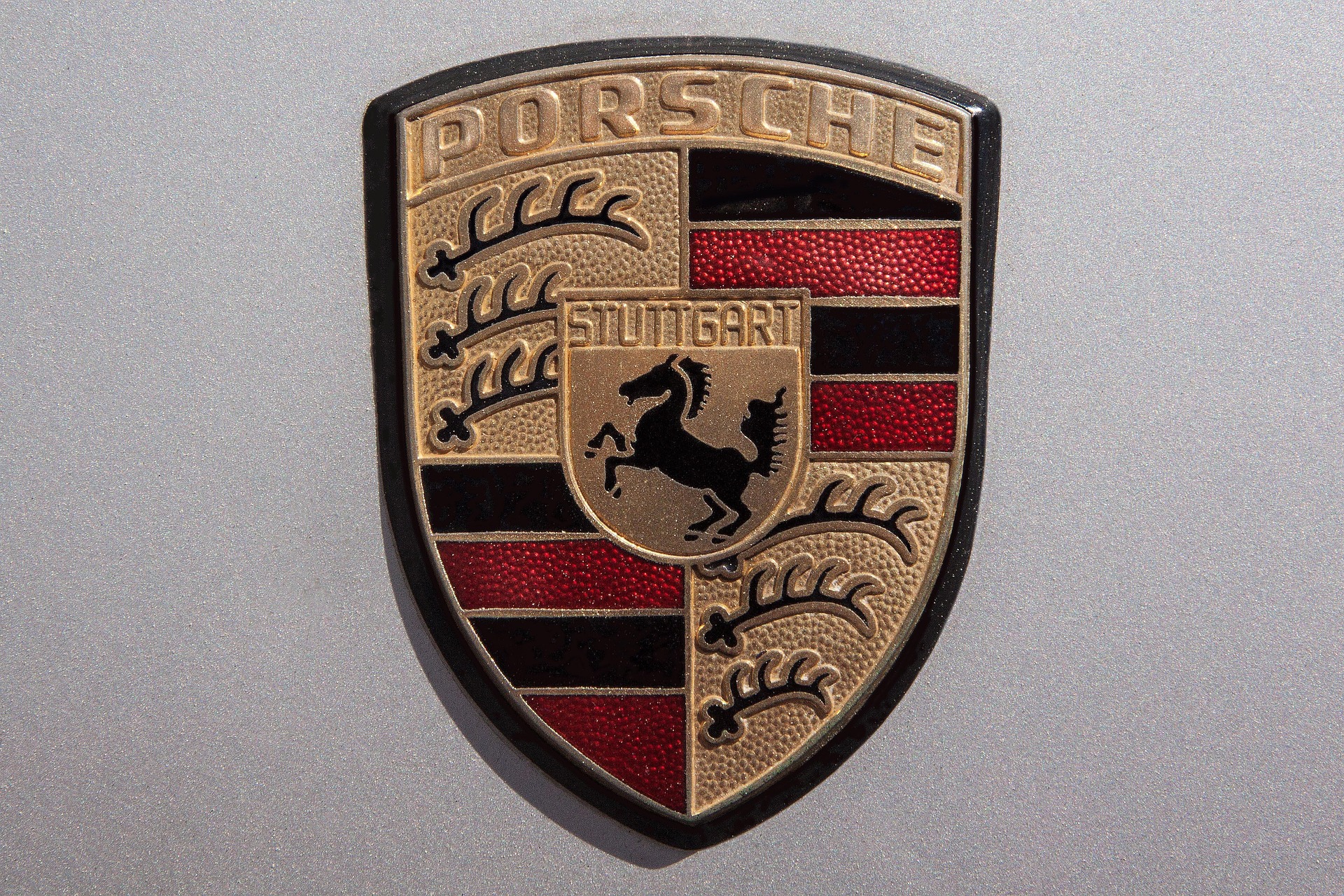Porsche AG reported a 6% drop in global deliveries for the first half of 2025, with China and Germany showing sharp declines due to tariffs and weak demand. North America and emerging markets saw growth. Full results expected July 30.
Porsche Global Deliveries Fall 6% in H1 2025 Amid Tariff Pressures
As the global luxury automobile sector grapples with shifting economic and geopolitical dynamics, Porsche AG finds itself navigating a complex and increasingly turbulent landscape. The German automaker, known for its high-performance sports cars and iconic heritage, recently reported a 6% decline in global deliveries for the first half of 2025, highlighting a broader set of challenges that continue to shape its strategic outlook.
From January to June 2025, Porsche delivered 146,391 vehicles worldwide, down from 155,945 units in the same period of 2024. This downturn reflects a combination of factors including rising tariffs, evolving consumer sentiment, and regional market pressures.

One of the sharpest setbacks was seen in China, traditionally a cornerstone of growth for luxury automakers. Deliveries in the region fell dramatically by 28% year-on-year, from 29,551 units in 2024 to just 21,302 units in 2025. The company attributed the slump to challenging market conditions in the luxury segment and intensifying competition from both domestic and international players.
Europe, excluding Germany, was not immune either, with deliveries dropping by 8%. Even more striking was the decline in Porsche’s home market, Germany, where deliveries fell by 23%, from 20,811 to 15,973 units. While part of this fall was due to a high comparative base in 2024, the broader backdrop includes a 25% tariff on vehicle parts and finished vehicles entering the U.S., which has significantly altered market dynamics.
Germany, as a major production hub, has been directly impacted by these trade tensions, especially in its exports to the U.S.
Meanwhile, North America emerged as a rare bright spot. Deliveries in the region increased by 10%, reaching 43,577 vehicles compared to 39,558 in the first half of 2024. Porsche benefited from improved product availability and its strategic decision to honor pre-tariff pricing agreements despite escalating duties. This move appears to have paid off, helping the brand maintain consumer confidence in a volatile pricing environment.
In contrast, overseas and emerging markets also recorded a 10% rise in deliveries, climbing from 27,414 to 30,158 vehicles. This resilience in less traditional markets may be an early indication of Porsche’s effort to diversify its sales base amid global uncertainties.
Despite these pockets of growth, investor sentiment remains cautious. Porsche shares have slumped by 27% year-to-date, reflecting broader concerns around the company’s exposure to international trade friction and weakening demand in key regions like China. However, there was a modest rebound in Porsche’s share price this week, possibly in anticipation of a more detailed update scheduled for July 30th when the company will report its full first-half financial results.
Much hinges on the ongoing trade negotiations between the European Union and the United States. With tariffs remaining a defining theme of 2025, investors and industry watchers alike will be closely analyzing Porsche’s commentary on its evolving global sales mix and any strategic shifts to mitigate further impacts.
Ultimately, Porsche’s performance offers a revealing snapshot of how even the most storied names in the luxury segment must adapt and recalibrate in an era defined by economic uncertainty, regulatory change, and rapid shifts in consumer behavior.
Disclaimer:
The content presented in this article is intended solely for informational and educational purposes. It does not constitute financial, investment, legal, or tax advice in any form. While every effort has been made to ensure the accuracy and reliability of the data and analysis provided—sourced from public reports and official statements—readers are strongly encouraged to independently verify any information before making financial or investment decisions.
The views expressed herein do not reflect those of Porsche AG or any affiliated entities. Neither the author nor the publisher assumes any responsibility for losses, direct or indirect, that may arise from the use of this information

